How to determine the consumption of a mixture of bulk floor and avoid overspending
The popularity of bulk floors is justified by the mass of consumer priorities: strength, hygiene, lack of technological seams, etc. A long list of advantages often negates, perhaps, the only negative factor. This is the price that can dissuade most apartment owners, but not those who are attracted by the operational longevity of the coating or screed. However, in order to exclude the acquisition of expensive surpluses, it is necessary to accurately calculate how much the cost of the bulk floor will require: the consumption of the main mixture and the accompanying pouring materials, the cost of finishing services, if any, will be hired. And only after calculations decide whether to fill or not to fill the self-leveling mixture.
Aspects Affecting Material Consumption
“How much material is needed to fill a polymer, cement or epoxy floor?” - not an idle question that interests rational hosts. Factory-prepared formulations have an expiration date used to run out. The solution that suddenly ended in the process of pouring cannot be attributed to joyful events either. They close it in batches, fill it with plots, but still the filling process will be interrupted due to the need to go to the store again. It is better to calculate in advance how much material the bulk floor will require - the flow rate of the mixture is not so difficult to calculate.
You can familiarize yourself with typical material consumption in our review of the 15 best manufacturers of mixes for bulk floors:https://floor.expertexpro.com/en/pol-pokritiya/nalivnoy-pol-luchshiy-proizvoditel.html.
It is easy to guess that the consumption depends on the area of the room and the condition of the rough surface. For arranging a large room with an uneven draft base, of course, the volume of the mixture to be poured will be considerable. But if a cement or polyurethane screed simultaneously performs the function of leveling and coating directly, then the exclusion of the leveling agent from the list of materials will also bring considerable economic effect.
The calculated volume of the self-leveling solution also depends on the purpose of the fill. To form a flat, rough floor for a finishing coating device or for pouring 3D decorative floorOf course, you will need a different amount of dry or completely ready for pouring mixtures.
Amount of composition per square meter
This is the initial value, thanks to which it is possible to easily perform subsequent calculations. It is from her that the prospectors, used to form a thick screed, and the volume of material for filling the floor with a small capacity begin to calculate the consumption of the bulk floor.
This parameter is determined by:
- fill layer power;
- the density of the composition used to create the screed and the finish polyurethane coating;
- the use of special fillers that reduce the consumption of the mixture.
A simplified calculation of the consumption of the bulk floor per 1 m2 without the use of additional filling is very simple. If the thickness of the screed layer is taken as 1 mm, then for pouring one square meter, 1 liter of the prepared solution is required. That is, with a screed thickness of 1 cm per meter of area, you will need to pour 10 liters of the mixture. If the room area is 8 meters, 80 liters will be required to fill the centimeter screed.
It is important to know the rules for selecting a leveling mixture for the floor and be able to correctly apply it.We will describe this in more detail in the article:https://floor.expertexpro.com/en/viravniv-stazhka/vyravnivayushhie-smesi-dlya-pola.html.
The effect of material density on consumption
The density of the mixture is a correction characteristic that must be taken into account in the calculations. This value specified by the manufacturer is multiplied by a pre-calculated indicator. For example, we use a composition with a density of 1.30 kg / l. If the simplified consumption rate of the bulk floor was 80 liters, then 104 liters will really be required.
The density of the self-leveling composition depends on a unique formula carefully hidden by the manufacturer. More precisely, on the quantity and specific gravity of modifying additives introduced to optimize the properties of bulk floors. The average density values:
- floors with an epoxy base of 1.40-1.65 kg / l;
- mixtures with polyurethane based 1.20-1.35 kg / l.
When enriching the bulk floor composition with additives with a high specific gravity, the density of the mixture reaches 1.65-1.90 kg / l. Typically, the price of such materials is slightly lower due to the introduction of budget modifiers. We will calculate whether it is profitable to purchase a “heavy” bulk floor with a high density.
Suppose a composition with a density of 1.30 kg / l costs 180 rubles. per kilo, and a kilogram of weighted bulk floor with a density of 1.80 kg / l (consumption will be 144 l) will cost 160 rubles.
- 104 L × 180 rub. = 18720 rub.
- 144 L × 160 rub. = 23040 rub.
Visual confirmation of imaginary savings.
If a thick "horizontal" bulk floor is arranged, the flow rate of the mixture should be calculated taking into account the density of the composition used. If, in addition to screed, a transparent transparent composition is used on top of the leveling, calculations must be carried out for each of the materials separately, since mixtures will most likely have different densities.
How to reduce the consumption of the mixture?
After preliminary calculations, it is necessary to provide all the reasons associated with an unplanned overspending of the mixture. No matter how high the price of repair and soil products is, processing a rough surface will be cheaper than pouring a bulk floor into deep cracks and sinks. The base must be repaired, cleaned of grease stains and dirt, primed before pouring. And those who want to further reduce the amount of substance being poured can use the following methods.
- The device of the underlying layer of washed river or quarry quartz sand will significantly reduce the consumption of the mixture. The use of a peculiar sand substrate does not affect the aesthetic and operational qualities of the floor.
- Laying a polymer insulating film or polyurethane insulation.
- The use of impregnation and primers.
Do not forget that half an hour after preparation of the mixture, under the influence of air, the polymerization process begins. Therefore, they prepare it for pouring in small portions in order to have time to apply it to the floor before the solidification begins. For high-quality operational pouring, it is recommended to assemble a team of three performers: one pours, the second disperses the solution on the floor, the third prepares the composition. However, two participants can cope with experience and dexterity. One can cook and pour, the second carefully distribute the bulk floor on a rough basis.
You can read about all stages of work and the technology of applying bulk floors in our material:https://floor.expertexpro.com/en/pol-pokritiya/nalivnoi/texnologiya-naneseniya-nalivnogo-pola.html.
Video sample flow calculation for Knauf mixes
The bulk floor scares in vain with the high cost - the material consumption can be calculated accurately and not waste too much. It will last at least 50 years, which can also be undoubtedly attributed to economic advantages. In addition, the amount of solution can be further reduced by means of a bedding device.

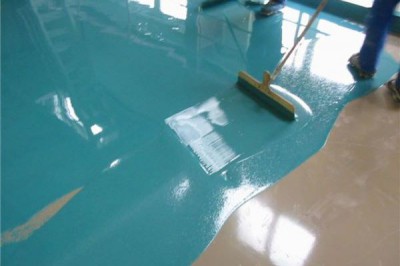
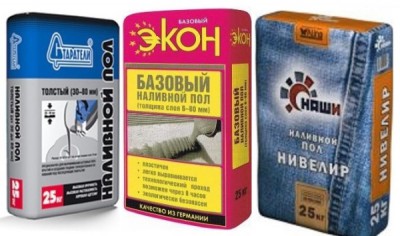
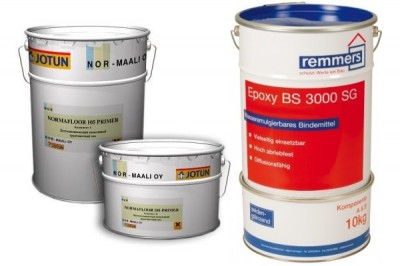

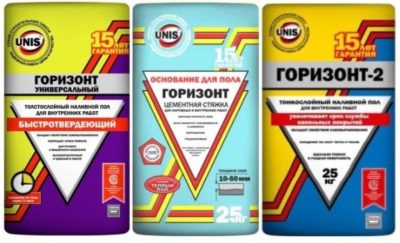
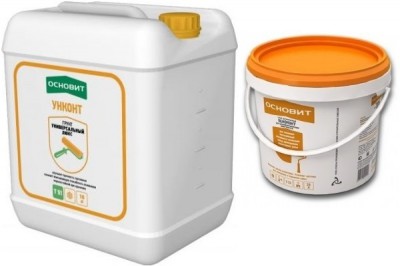
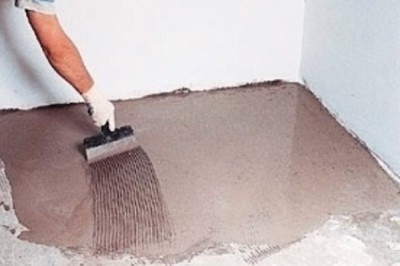
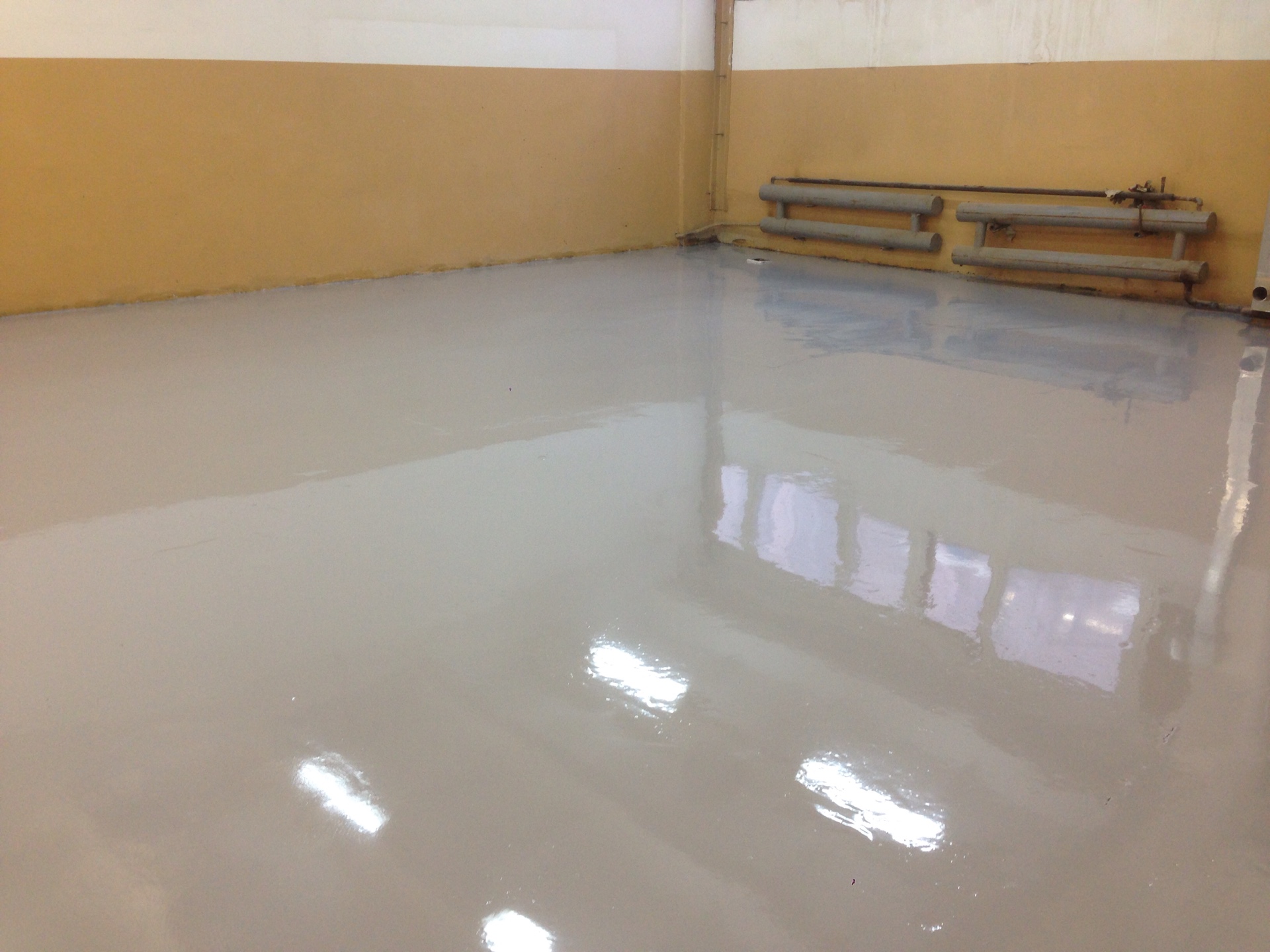
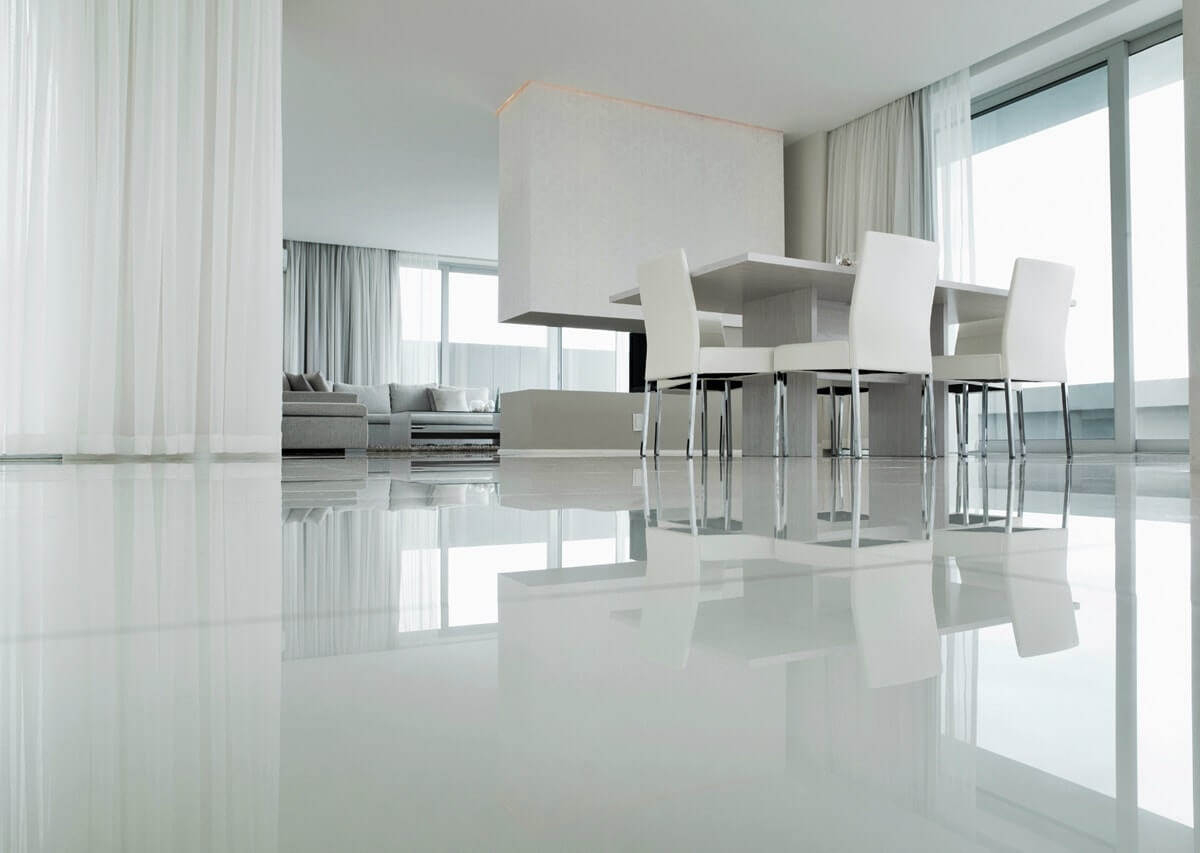
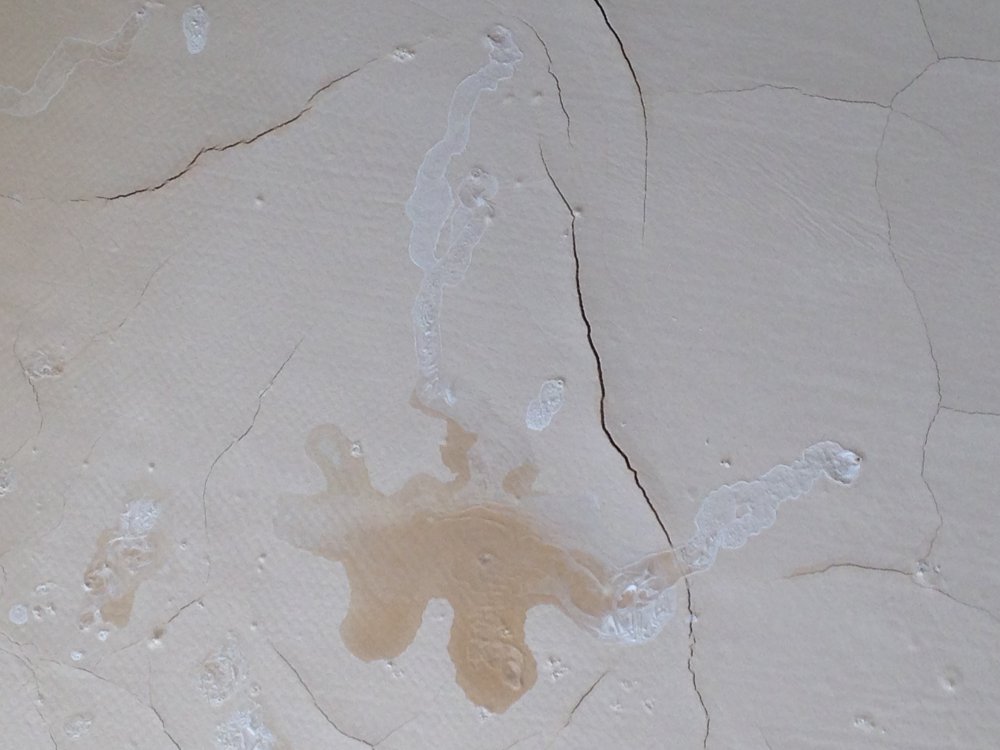
4 comments